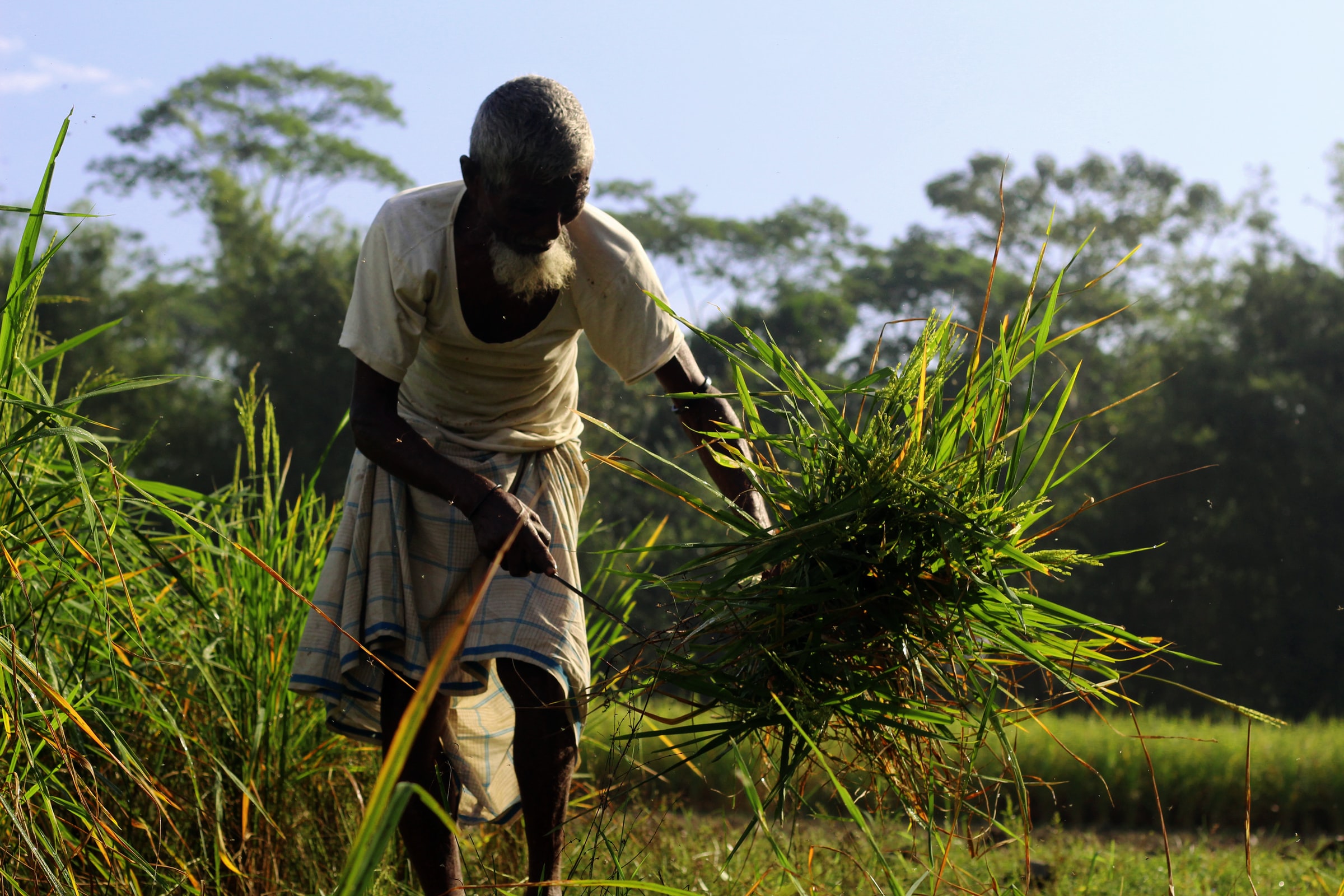What is Microfinance?
Microfinance is a financial service that is specifically designed to meet the needs of low-income individuals and entrepreneurs who lack access to traditional banking services. It provides small loans, savings, insurance, and other financial products to help these individuals start or grow their own businesses, support their families, and improve their overall economic well-being.
Microfinance institutions (MFIs) offer these services to individuals who are often overlooked by traditional banks due to their lack of credit history or collateral. This includes small business owners, farmers, women, and marginalized communities. Microfinance loans typically range from a few hundred to a few thousand dollars, and are repaid over a period of several months to a few years.
By providing financial services to underserved populations, microfinance has been proven to be a powerful tool in reducing poverty and promoting economic development. It empowers individuals to take control of their own financial futures and create better lives for themselves and their families.
By investing in microfinance, we can create a world where everyone has the opportunity to access the financial resources they need to succeed.
Who Benefits From Microfinance?
At its core, microfinance is designed to provide financial services to those who have been excluded from traditional banking systems due to their low income, lack of collateral, or other factors.
Small business owners and entrepreneurs are among the primary beneficiaries of microfinance. These individuals often struggle to secure funding from traditional banks, but with microfinance loans, they are able to access the capital they need to start or expand their businesses. This, in turn, can create new jobs and contribute to local economic growth.
Women are another key group that can benefit greatly from microfinance. Women are often disproportionately affected by poverty, and may face additional barriers to accessing credit and financial services due to cultural and social norms. Microfinance can provide women with the resources they need to start their own businesses, support their families, and achieve greater financial independence.
Rural communities and farmers are also potential beneficiaries of microfinance. Agriculture is a key sector for many developing countries, yet small farmers often struggle to secure the resources they need to improve their productivity and expand their operations. Microfinance can provide these farmers with access to credit, as well as training and other resources, to help them improve their yields and increase their incomes.
Overall, microfinance has the potential to benefit a wide range of individuals and communities, particularly those who have been excluded from traditional banking systems. By providing access to financial services, microfinance can help to reduce poverty, promote economic growth, and empower individuals to achieve their full potential.
How Can You Participate?
After learning about all the amazing ways Microfinance can change a life you might be wondering “how can I get involved?”. The great thing about Microfinance is that with the right partners anyone can help. Below are a list of 3 microfinance organizations that get you connected with the people who need it most.
ShareChange is your go to Microfinance organization if you want to support women entrepreneurs in developing countries. Our company ethos thrives on a “give what you can” model by providing you with an app that helps you redistribute expenses to those who need it most. You are not only given the opportunity to help someone lift themselves out of poverty but also the tools necessary to make sure you are making the best financial decisions for yourself.
Pros
- An app to help redistribute everyday expenses to worthy causes
- Low costs to administer loansfees on loans
- Clients receive financial literacy training and business supports
- Microdonations & flexible ways to give
- Direct contact with the founding team
- Intimate community of givers
- Local Canadian startup
Cons
- Small pool of recipients

Kiva is a non-profit organization that operates a crowdfunding platform to facilitate microfinance lending to low-income entrepreneurs and individuals around the world. Kiva’s mission is to alleviate poverty and promote economic opportunity by providing access to capital for underserved communities.It is one of the largest and most globally recognized microfinance organizations in the world. Founded in 2005 the organization has blazed a trail for aspiring entrepreneurs across the globe.
Pros
- Partnered with many organizations around the world
- Choose who you want to support
- Detailed stories and information for each client
Cons
- Numerous partners makes it hard to keep track of impact and ensure impact reporting is accurate
- Limited ways to contribute

FINCA Canada is a non-profit organization that is part of the FINCA Impact Finance network, a global microfinance organization that provides financial services to low-income entrepreneurs in developing countries. FINCA Canada aims to alleviate poverty and promote economic growth by supporting microfinance institutions in Africa, Latin America, and Eurasia.
Pros
- Extensive experience with microfinance and social impact (over 35 years)
- Transparent reporting
- Strong focus on social outcomes
- Employer matching programs
Cons
- Can’t see who you’ve supported or receive updates on their progress
- Limited ways to contribute
If you’re looking for more information about these organizations, check out their websites.
Every contribution matters. $1 from you can go a long way for someone else.


